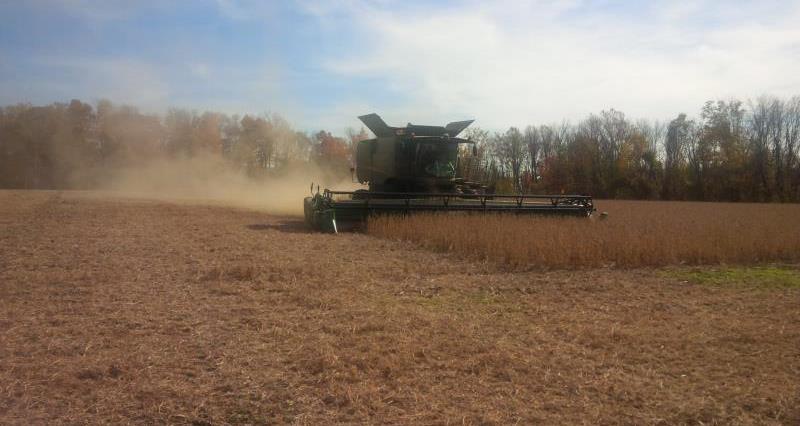It is estimated that farmers in up to 28 countries have reaped more than US$150 billion in benefits from biotech crops since 1996. This has helped alleviate poverty for up to 16.5 million small farmers and their families annually totalling about 65 million people, who are some of the poorest people in the world.
“More farmers are planting biotech crops in developing countries precisely because biotech crops are a rigorously-tested option for improving crop yields,” said Clive James, founder and emeritus chair of ISAAA, who has authored the ISAAA report for the past two decades. “Despite claims from opponents that biotechnology only benefits farmers in industrialized countries, the continued adoption of the technology in developing countries disproves that” James added.
“Farmers, who are traditionally risk-averse, recognize the value of biotech crops, which offer benefits to farmers and consumers alike, including drought tolerance, insect and disease resistance, herbicide tolerance, and increased nutrition and food quality,” explained ISAAA Global Coordinator, Randy Hautea. “Moreover, biotech crops contribute to more sustainable crop production systems that address concerns regarding climate change and global food security.”
Additional highlights from ISAAA’s 2015 report include:
- New biotech crops were approved and/or commercialized in several countries including the United States, Brazil, Argentina, Canada and Myanmar.
- The United States saw a number of firsts including the commercialization of new products such as:
- Innate™ Generation 1 potatoes, with lower levels of acrylamide, a potential carcinogen, and resistance to bruising. InnateTM Generation 2, approved in 2015, also has late blight resistance. It is noteworthy that the potato is the fourth most important food crop in the world.
- Arctic® Apples that do not brown when sliced.
- The first non-transgenic genome-edited crop to be commercialized globally, SU Canola™, was planted in the United States.
- The first-time approval of a GM animal food product, GM salmon, for human consumption.
- Biotech crops with multiple traits, often called “stacked traits,” were planted on 58.5 million hectares, representing 33 percent of all biotech hectares planted and a 14 percent year-over-year increase.
- Vietnam planted a stacked-trait biotech Bt and herbicide-tolerant maize as its first biotech crop.
- Biotech DroughtGard™ maize, first planted in the United States in 2013, increased 15-fold from 50,000 hectares in 2013 to 810,000 hectares reflecting high farmer acceptance.
- Sudan increased Bt cotton hectarage by 30 percent to 120,000 hectares, while various factors precluded a higher hectarage in Burkina Faso.
- Eight African countries field-tested, pro-poor, priority African crops, the penultimate step prior to approval.
The report also highlights the potential of CRISPR technology, a new powerful genome editing technology that has significant comparative advantages over conventional and GM crops in four domains: precision, speed, cost and regulation. When combined with other advances in crop sciences, CRISPR could increase crop productivity in a “sustainable intensification” mode on the 1.5 billion hectares of global arable land, and make a vital contribution to global food security.
For more information or the executive summary of the report, visit www.isaaa.org.
